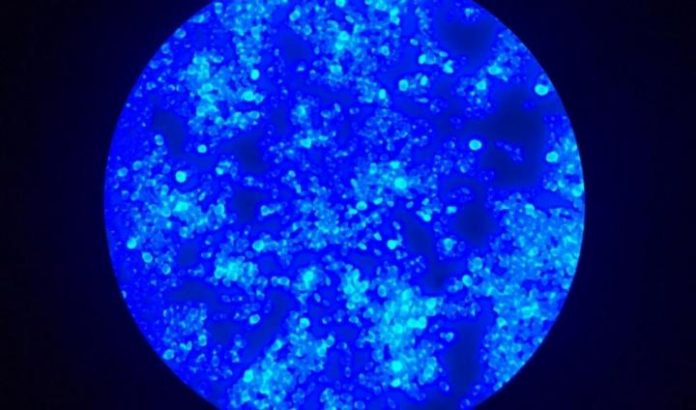Exhausted medical staff in Brazil have enough to deal with when it comes to COVID-19 – now, a new ‘superfungus’ has evolved beyond drug treatment
Hospitals have become a source of new problems while the COVID pandemic forced them, globally, to be full to capacity. In some places, the need for extra oxygen led to fires – with exhausted workers and severe COVID patients dying. In Brazil, the conditions of overcrowding and exhaustion have led to the invasion of a dangerous pathogen – C. auris.
Arnaldo Colombo, head of the Special Mycology Laboratory at the Federal University of São Paulo (UNIFESP), explained: “Nine other C. auris patients have since been diagnosed at the same hospital, some colonized [with the fungus in their organism but not doing harm] and others infected.
“No other cases have been reported in Brazil, but there are grounds for concern. We’re monitoring the evolutionary characteristics of C. auris isolates from patients at the hospital in Salvador, and we’ve already found samples with reduced sensitivity to fluconazole and echinocandins.
“The latter belong to the main class of drugs used to treat invasive candidiasis.”
What is C. auris and why is it so dangerous?
According to the researchers, death among candidemia patients infected by C. auris can reach 60%.
This can happen for some people because fungus enters the bloodstream and causes a systemic infection known as candidemia. This is the most common form of invasive candidiasis, similar to bacterial sepsis – a more commonly known condition.
Since the organism enters the bloodstream, it means that the immune system can over respond. This, similarly to how some patients respond to COVID, can lead to organ damage and even death.
C. auris was first noticed in 2009
C. auris was first isolated in Japan in 2009 but the scientific community paid it little attention until some years later when outbreaks of candidemia caused by the superfungus occurred in Asia and Europe. In 2016, an article by the UNIFESP group documented the arrival of the species in the Americas via Venezuela.
It was then detected in Colombia, Panama and Chile.
Colombo further said: “In 2017 we participated in a task force convened by the Health Ministry and ANVISA [Brazil’s health surveillance authority] and wrote a technical standard [Risk Notice 01/2017] warning health services that precautionary measures should be taken to monitor the possible arrival of C. auris in Brazil, which was confirmed only at the end of last year.”
In a different study, researchers looked at how the evolution of bacteria to resist drugs could be due to international travel – in which holidaymakers bring back novel resistant genes, in their gut itself.
The key concern is how C. auris would harm a severely ill COVID patient, who is hospitalised.
Colombo commented: “The virus can damage the intestinal mucosa of severe COVID-19 patients [facilitating invasion of the bloodstream by pathogens] so that the patient becomes vulnerable to candidemia.”











